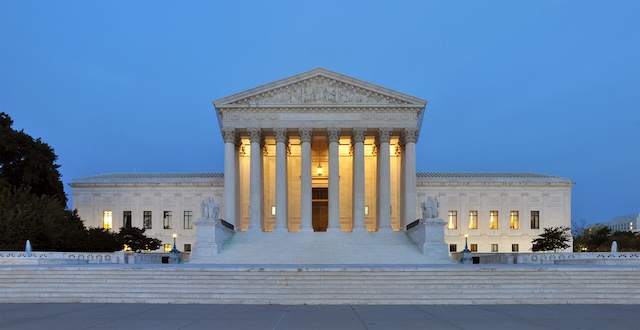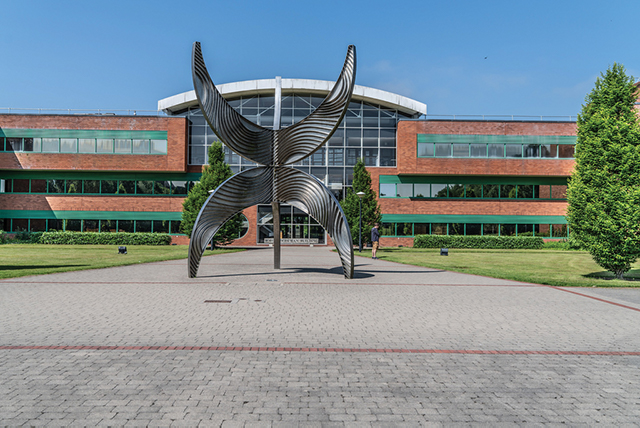
The United States election is casting a spotlight on the landmark case of Roe v Wade. The results of this election may have heavy impacts on US law. The connection between the legal system and politics have so clearly illustrated with the current stratification of US politics. The judicial system is highly reflective of the political groups in power, as members of the Supreme Court are directly elected by the President.
In 1973, Jane Roe filed a suit to challenge abortion laws in Texas. The Supreme Court found that the United States Constitution provides a right to privacy. However, the right to abortion is not absolute and must be balanced with the protection of health and prenatal rights. The court acknowledged the physical, mental and financial risks of forced pregnancy.
Before Roe v Wade, abortion was illegal unless in a health emergency. Abortion laws were very vague at the time. This pressured doctors to avoid performing abortions in fear of being prosecuted.
In Roe, the argument of the foetus being a person was disregarded in the legal sense. The case analysed the different beliefs of when life begins. In Christian faith, this begins at conception, yet in Jewish faith this begins at birth. It found that the State was not of the ability to decide when life begins.
The judgment of the case did not find an absolute constitutional right to abortion. A legal conclusion was found and is as follows:
First Trimester: The state cannot regulate abortion so long as it is performed by a licensed doctor.
Second Trimester: The state may allow abortion if reasonably related to the health of the pregnant woman.
Third Trimester: The state fully prohibits abortion unless it is a severe case and necessary to save the life or health of the pregnant woman.
Before the overturning of Roe, challenges had arisen in Texas. In Whole Woman’s Health v Hellerstedt (2013), Texas passed a law that placed restrictions on abortion clinics in the state. The Supreme Court found that states cannot place restrictions that place “undue burden” for women looking for an abortion.
Based on these legal decisions taken by the Supreme Court, it would be believed that Roe v Wade was solidified in US law. Particularly as the USA is a common law legal system and follows the rule of Stare Decisis; ‘let the decision stand.’ Only in rare circumstances does the court directly go against previous rulings.
The election of Donald Trump in 2020 led to the appointment of three new Supreme Court judges, directly selected by Trump. The appointment of these judges is what led to the overturn of Roe v Wade in the case of Dobbs (2022).
The Court in Dobbs stated that after 49 years of the implementation of the laws in Roe, that the decision was wrongly decided. The overruling brought about change that individual states should decide abortion laws. The dissenting judges (the judges that disagreed and voted against the decision) said that “young women today will come of age with fewer rights than their mothers and grandmothers.”
Supporters of the overturn stated the original decision in Roe v Wade was a result of judicial activism. Pro-choice supporters have highlighted in response the amount of abortions performed per year did not change in relation to Roe.
The arguments surrounding judicial power are valid for both the overturning and upholding of Roe v Wade. Arguably, both sides can be justified using legal analysis of the Constitution of the United States. Justice Harry Blackman, who wrote the decision in Roe, outlines it will never be a simple issue as someone’s opinion depends on the view of the world.
Presidential candidate Kamala Harris aims to pass a bill in relation to abortion law rather than making change in this area through judicial reform. This could look at addressing the issue of political and legal connectivity but with judicial appointments from the President, the link would not be broken.
Political and legal separation does not exist in the United States. The continued stratification of political parties causes the constant change in laws and statutes. While this is an acceptable and standard aspect of democracy, the judicial section of power being politically interwoven does not provide fair analysis on the law that is necessary.
Legal interpretation of the Constitution should not be based on someone’s opinion of the world, but rather concrete legal analysis.



